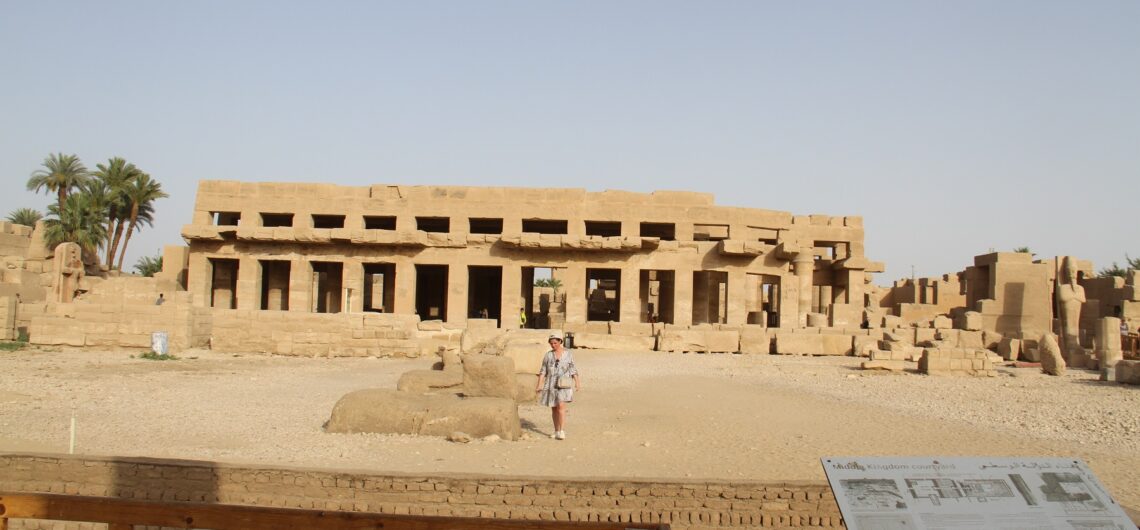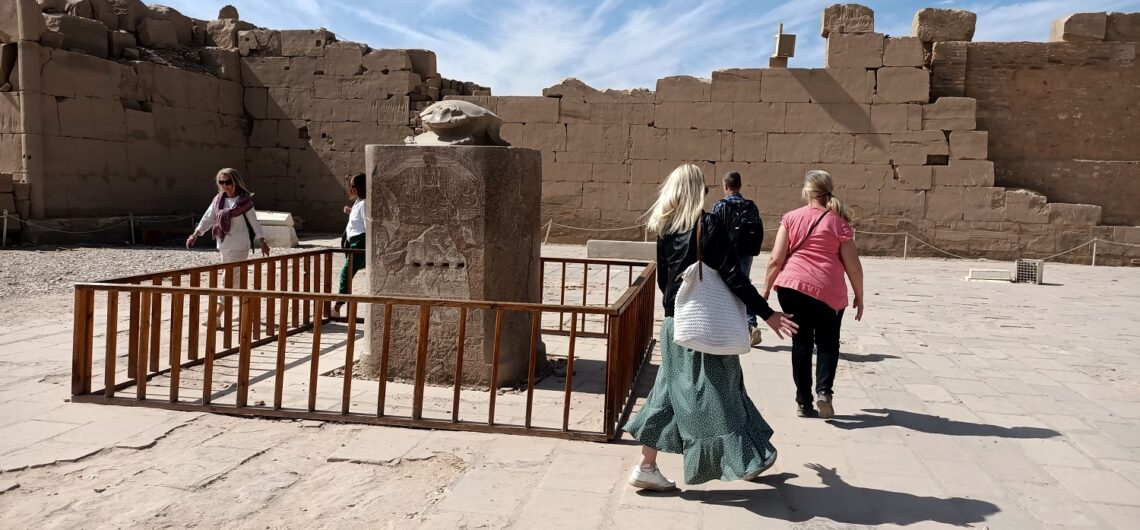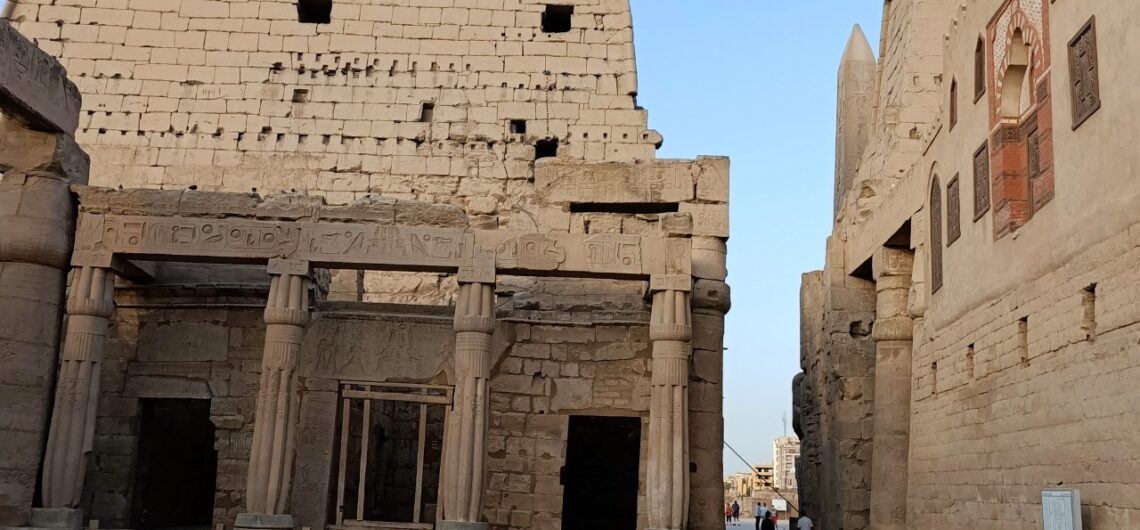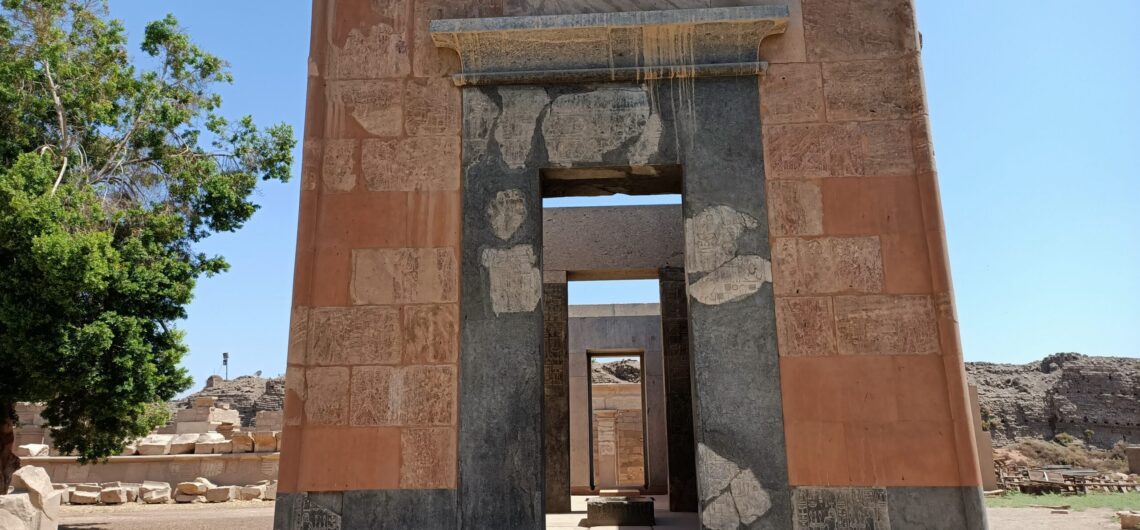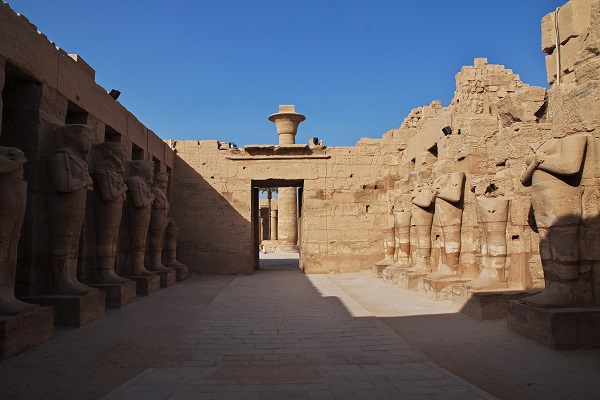Karnak temple Complex The Karnak temple complex is located on the east bank of the Nile River at Thebes, North of Luxor. The temple is considered one of the greatest cult temples, dedicated to the triad of Thebes Amun, Mut and Khonsu. It was used to celebrate ancient Egyptian festivals especially Opet Festivals. In fact,
Karnak temple
Best Things to do in Luxor | Top Luxor Attractions
- Ancient Egypt Civilization, Egypt, History Of Ancient Egyptian, Things to do in Luxor, Tourist attractions in Luxor
- best things to do in Luxor, Egyptian temples, Hatshepsut temple, Hot Air Balloon, Karnak temple, Luxor, Nile River, Pharaonic tombs, Sound and Light Show at Karnak, Tutankhamun, Valley of the Kings
Best Things to do in Luxor | Luxor Tourist Attractions | Egyptian Temples | Pharaonic Tombs In this article, we will provide the best things to do in Luxor, the top attractions, and the best activities to do in Luxor during your Egypt Tour Packages. If Cairo has the Pyramids, Luxor has the tomb of
Amun | Origin, Significance, Facts
- Ancient Egypt Civilization, Egypt, History Of Ancient Egyptian, The Egyptian Gods and goddesses
- 12th Dynasty, 18th Dynasty, Akhenaten, Akhetaten, Amarna Period, Amenemhat, Amun, Amun ka Mut.f, Amun Ra, ancient Egyptian, ancient Egyptian gods, ancient Egyptian history, Anubis Chapel, Egyptian civilization, Egyptian temples, Hatshepsut temple, Hermopolis, Karnak temple, Luxor east bank, Luxor temple, Luxor west bank, Nefertiti, New Kingdom, Ogdoad, Opet Festival, pharaohs, Ra, Temple of Khonsu, the temple of Mut, Thebes, Upper Egypt
Amun | Origin, Significance, Facts | Ancient Egyptian Gods and Goddesses God Amun, also known as Amen or Ammon, was one of the most important and powerful deities in ancient Egyptian religion and culture. He was considered the supreme god and was associated with the sun, air, and fertility during the New Kingdom of Egypt.
Opet Festival | Ancient Egypt Festivals
- Ancient Egypt Civilization, Egypt, History Of Ancient Egyptian
- 18th Dynasty, Akhmenu, Amenhotep III, Amun, Ancient Egypt, Avenue of Sphinxes, Great Hypostyle Hall, Hatshepsut, Heb Sed Festival, Karnak temple, Khonsu, Khonsu temple, Luxor temple, Medinet Habu, Min Festival, Mut, Mut temple, New Kingdom, Ogdoad, Opet Festival, Palermo stone, Ramesses III, Red Chapel, Sokar Festival, Thebes, Thutmose III, Tutankhamun
Opet Festival in ancient Egypt | New Kingdom of Egypt | Egyptian Festivals What is the Opet Festival? The Opet Festival was one of the most important religious festivals in ancient Egypt, especially during the New Kingdom in Thebes. It was an annual festival during which the sacred barks of the triad of Thebes, Amun,
The Red Chapel of Hatshepsut | Egypt Tour Packages
- Egyptian Female Pharaohs, Places to visit in Luxor, Tourist attractions in Luxor
- Amenhotep III, Amun Ra, Ancient Egypt, Deir El Bahari, festival of the Valley, Francois Larche, Hatshepsut, Henri Chevrier, Karnak temple, KV 20, Merneith, Open-Air Museum, Opet Festival, Sobekneferu, Thutmose I, Thutmose II, Thutmose III, Valley of the Kings, Wadjet Hall
The Red Chapel of Hatshepsut in Karnak temple Luxor Egypt Facts, History, Layout | Architectural Design, inscriptions & decorations and more about Egypt Temples in Open-Air Museum Karnak. One of the top tourist attractions is the Red Chapel of Hatshepsut at the Open-Air Museum, Karnak temple, Luxor. We will introduce in briefly About Hatshepsut and
The temple of Ramesses III at Karnak Luxor | Barque Chapel of Ramesses III
- Egypt, Things to do in Egypt, Things to do in Luxor, Tourist attractions in Luxor
- Ahmose Nefertari, Amun, Amun ka Mut.f, ancient Egyptian history, ancient Egyptian religion, Egyptian Mythology, Egyptian temples, God Min, Habu temple, Karnak temple, Khonsu, KV 11 Valley of the Kings, Luxor, Menat necklace, Mut, New Kingdom, Opet feast, Osiris statutes, Ramesses III
The temple of Ramesses III at Karnak Luxor | Barque Chapel of Ramesses III The location of the temple of Ramesses III The temple of Ramesses III is located inside Karnak temple on Luxor east bank of the Nile River. Barque Chapel of Ramesses III was built in the large open court lying between the


